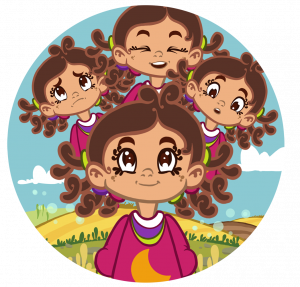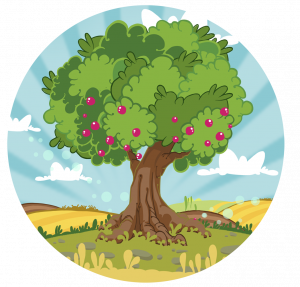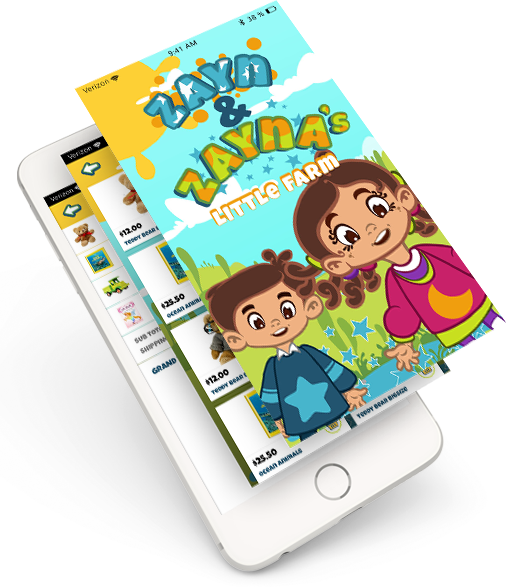It is a major buzzword right now, but mindfulness is more than a mere fad. When used correctly, it has the potential to transform your life and way of thinking, helping you to develop more positive, practical strategiesfor managing difficult times.
These advantages can also apply to children, and there are a host of benefits for your child if they can get into the habit of practicing mindfulness from a young age,
What Is Mindfulness?
At the most basic level, mindfulness refers to a technique which emphasises paying attention to the present moment, without judgement, and with full acceptance of what is right in that moment.
Why Does It Matter?
Practicing mindfulness, and making it part of daily life, can have a huge number of advantages for your family, including:
- Helping children to better recognise and understand their emotions
- Helps your child to develop a real sense of gratitude and appreciation
- Reduces everyday stress and anxiety
- Boots self esteem

What Can We Do?
There are a number of ways to bring mindfulnes into your home, and make it part of your daily routine. Here are some popular activities you can enjoy with your child, and help to build positivity, acceptance and presence into your everyday lives.
- Just STOP
STOP is a brilliant 4-part technique which can be perfect if you find yourself feeling ungrounded or anxious in a particular moment.
Stop – take a pause from whatever you are doing.
Take a breath. Feel the sensation of the breath flowing in and out of your body
Observe. Acknowledge what is happening, whether good or bad. Do not react or act, merely observe.
Proceed. Once you have checked in with the present moment, move on with what you were doing.
This can be a great technique if your child is feeling worried or anxious, or unable to control or express their emotions.
- Listen!
Bang a pan with a spoon or object, and ask your child to tell you when they no longer hear the sound ‘hanging’ in the air.
- The Feeling of Art
Use several different tools and utensils to make marks on paper, and consider how they all feel. How does the feeling affect the type of art you make?
- Be thankful
Take gratitude to the max by taking it in turns to list all of the things you are thankful for, one at a time. This can be a great activity for first thing in the morning or last thing at night.
- Buddy Breathing
Help your child to recognise and acknowledge their breath. Invite them to choose your favourite toy or stuffed animal, and place it on their tummy. Together, breathe in through the nose, and out through the mouth for a few cycles.
- Positive Affirmations
Together, come up with a few positive affirmations, and write these out. You can then decorate the paper to be bright and colourful! Some great examples include:
- All of my problems can be fixed
- I forgive myself for my mistakes
- There is no-one better to be than myself
- I have done my best
Be creative!
- Tall as a Tree
 Get your child to stand with their feet hip width apart. Take a deep breath in, and raise your arms up at your side to meet above your head as you do so. As you exhale, drop your arms back down to your sides, stretching your fingers and taking up space. Stay like this for a few breaths. This is great if your child needs to feel rooted and secure, or to build confidence and power.
Get your child to stand with their feet hip width apart. Take a deep breath in, and raise your arms up at your side to meet above your head as you do so. As you exhale, drop your arms back down to your sides, stretching your fingers and taking up space. Stay like this for a few breaths. This is great if your child needs to feel rooted and secure, or to build confidence and power.









